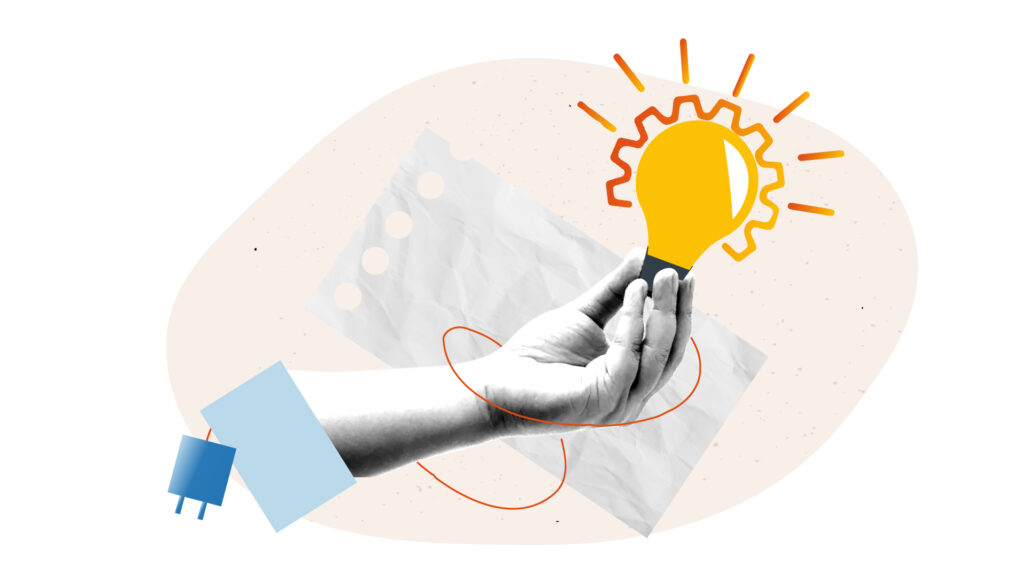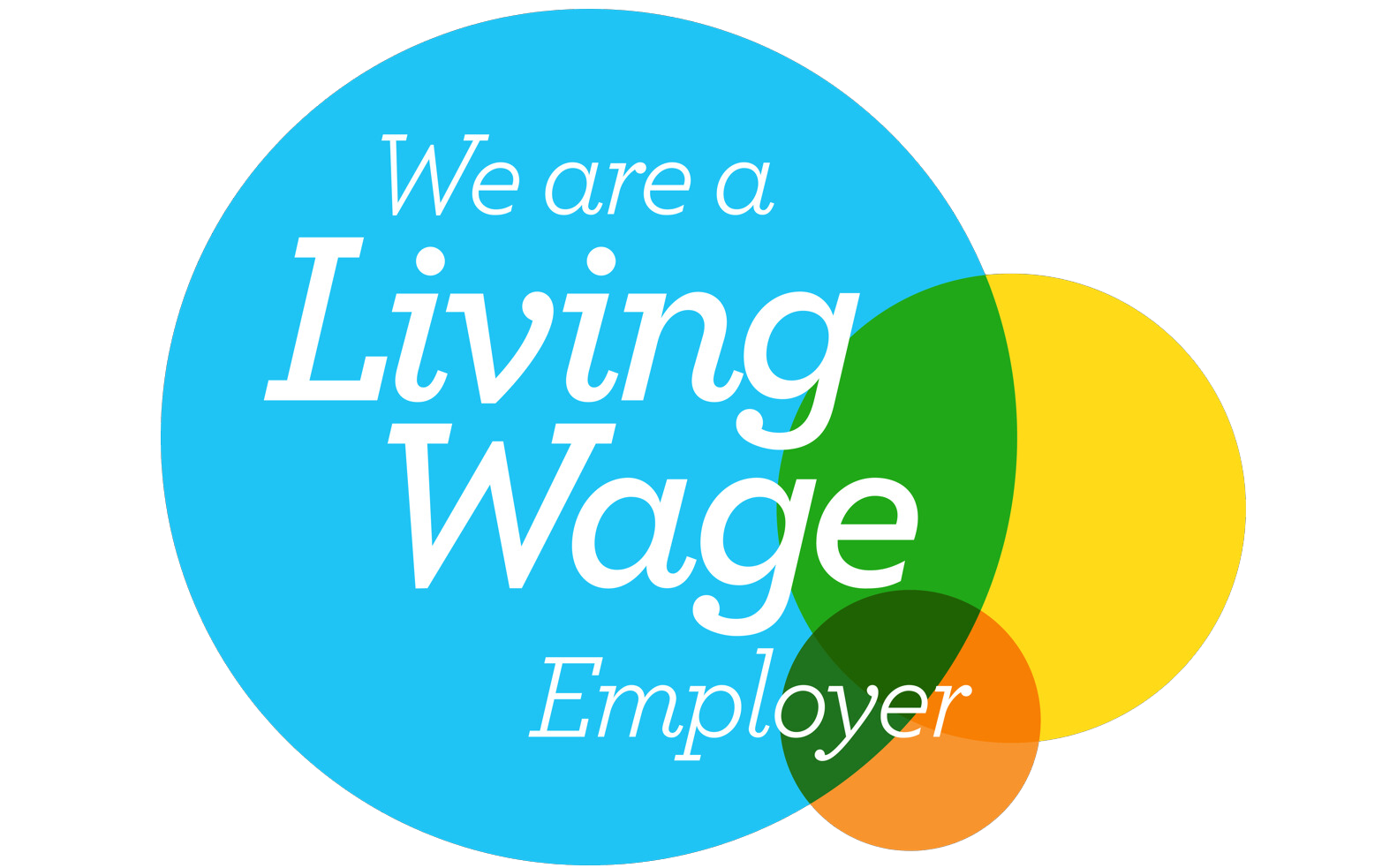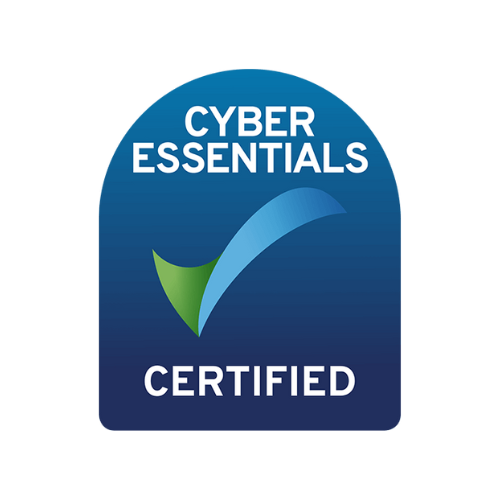Balancing procurement efficiency and risk mitigation
In the sphere of procurement, organisations are constantly presented with a nuanced challenge: the delicate balance between procurement efficiency and risk mitigation. The art of optimising efficiency while safeguarding against various risks is a pivotal consideration for the procurement strategies of any organisation.
The efficiency-risk trade-off
At its essence, the quandary of procurement efficiency versus risk mitigation often necessitates a trade-off between these two crucial facets. Here’s an exploration of how this intricate balancing act unfolds:
Supplier consolidation for cost efficiency:
A primary strategy for enhancing procurement efficiency involves supplier consolidation. By reducing the number of suppliers and negotiating long-term contracts, organisations can frequently secure more favourable pricing and streamline procurement processes. However, this approach may heighten the vulnerability to supply chain disruptions. If a key supplier encounters financial turbulence or operational challenges, the organisation may find itself exposed to substantial risks.
Risk diversification through multiple suppliers:
Conversely, organisations aiming to mitigate risks may opt for diversification within their supplier base. Engaging multiple suppliers can provide redundancy and resilience to the supply chain. Nonetheless, this approach can result in amplified procurement complexity, heightened transaction costs, and potentially less advantageous pricing. The management of relationships with an expanded supplier base requires additional resources and efforts.
Efficiency through technology adoption:
Advanced procurement technologies can significantly amplify efficiency. eProcurement platforms, spend analysis tools, and e-auctions can expedite procurement processes, reduce errors, and lower administrative costs. Nevertheless, the adoption of new technologies carries inherent risks, such as cybersecurity vulnerabilities and potential integration challenges. Organisations must strike a balance between technological innovation and risk mitigation through robust cybersecurity measures and comprehensive risk assessments.
Strategic procurement planning’s role
Effectively navigating the balancing act between procurement efficiency and risk mitigation necessitates a strategic approach. Here are some pivotal considerations for organisations:
What is procurement risk mitigation?
Procurement risk mitigation refers to the proactive strategies and measures taken by organisations to identify, assess, and reduce potential risks in their procurement processes. It involves safeguarding against disruptions, financial losses, and reputational damage that may result from supplier-related issues, supply chain interruptions, or other uncertainties.
Examples of procurement risks
- Supplier financial instability: When suppliers face financial troubles or bankruptcy, it can disrupt the supply chain.
- Supply chain risk: Concerns disruptions and vulnerabilities in the supply chain.
- Quality assurance issues: Products or services not meeting quality standards can lead to operational setbacks and financial losses.
- Regulatory compliance: Failure to comply with procurement regulations and standards can result in legal consequences.
- Cybersecurity vulnerabilities: Data breaches and cyberattacks can compromise sensitive procurement information.
Four effective procurement strategies
- Strategic sourcing: Involves analysing supplier markets and negotiating favourable contracts.
- Supplier Relationship Management: Building strong supplier relationships to enhance collaboration and minimise risks.
- Risk assessment and mitigation: Identifying potential risks and implementing strategies to reduce their impact.
- Technology integration: Leveraging procurement technologies to streamline processes and enhance efficiency while addressing cybersecurity and data protection concerns.
Attaining the right equilibrium
Achieving an equilibrium between procurement efficiency and risk mitigation is undeniably intricate. The appropriate approach may vary contingent on an organisation’s industry, size, and specific context. However, recognising the trade-offs and methodically making strategic decisions is foundational.
In today’s swiftly evolving business milieu, organisations adept at skillfully harmonising this equilibrium will be better positioned to manage procurement risks, drive efficiency, and sustain a competitive edge. Procurement, as a strategic function, plays a pivotal role in an organisation’s success, and discovering the equilibrium between efficiency and risk mitigation is a pivotal factor in attaining enduring procurement excellence.








